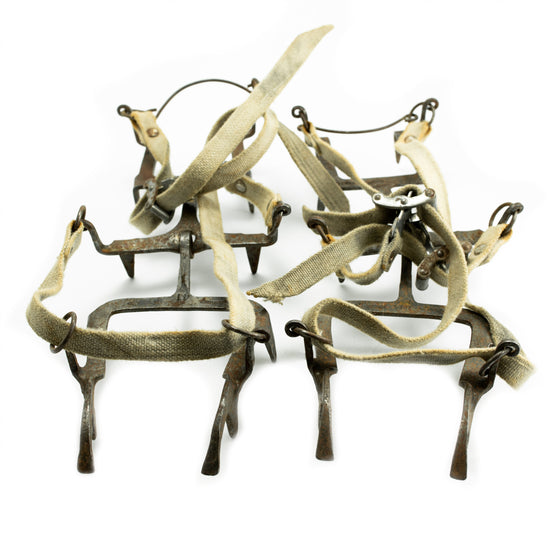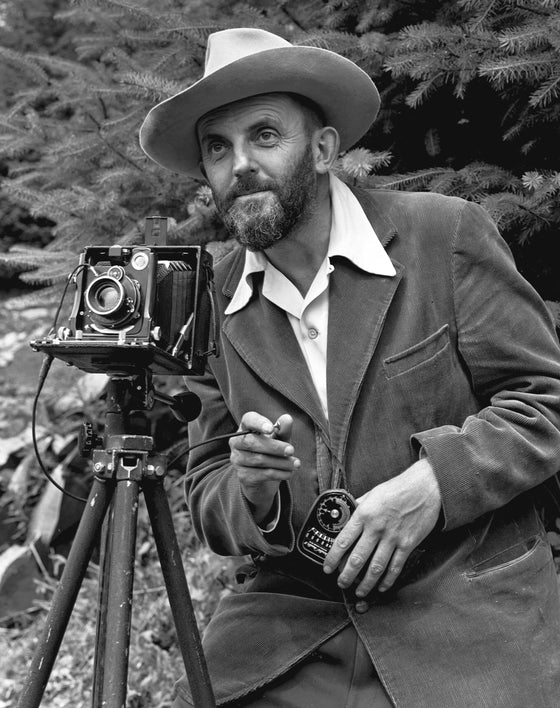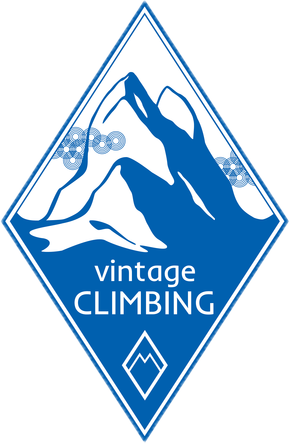March 28, 2018
We love collecting vintage mountain pictures, the ones with deep black and white contrasts, the ones that were captured with cameras that are weighting much more than today’s cameras and mobile phones. With this article we want to start the series of articles introducing the pioneers of mountain photography.
Several years ago in Tbilisi we have got acquainted with Italian photographer and climber Vittorio Sella who was born in end of 19th century. We were inspired by his works and started searching for information about his works and life. Sella grew up with photography and mountains. His father, Giuseppe Venanzio Sella, not only photographed as a serious amateur but published the first Italian treatise on photography – Plico del Fotografo (Turin, 1856). Vittorio Sella’s uncle, Quintino Sella, founded the Club Alpino Italiano in 1863. Vittorio‘s education included languages (English and German) as well as drawing. He received lessons from the painter Luigi Ciardi and exhibited a charcoal mountain drawing and a painting already in 1882.
Living in Biella, the small Italian village, Vittorio got to watch mountains every day. Precisely, the Alps provided Sella’s first challenges as climber and photographer. Having his first attempts with a camera in 1879, he was in love with mountains and started his key career as a climber and a photographer in 1882.From this year Sella was a part of several expeditions all over the world.
One cannot be not impressed while considering the timing, the climbing conditions and climbing gear of those times. Here are the most memorable ones:
We loved how Gasherbrum IV. Child remarks about Sella in the photo album and lists three extraordinary things in his panoramas: first, he had ‘crammed more information into his image than the eye normally sees, and the effect was startling’. Secondly, ‘Sella’s camera had captured a sense of movement – the relentless ancient ritual of ice, the thirty-five mile long Baltoro glacier, chiseling away the mountain flanks and conveying the rubble at a speed of a few feet a year.’ Third, Sella had photographed the mountains as an experienced climber: an expedition nearly 50 years later used this panorama and other Sella photographs of Broad Peak like ‘road maps to plot their way up its 10,500-foot west face’.
Vittorio Sella was a huge inspiration to the works of Ansel Adams, especially the early ones. Once Ansel Adams said that Vittorio's photos is „a spiritual response in the inner recesses of our mind and heart“ . We will write about him in the next article.

August 10, 2023
In the annals of climbing gear, metal crampons stand as a testament to ingenuity and perseverance. Born from the desire to conquer the unforgiving terrain, these ingenious contrivances have transformed the way adventurers tackle the world's most challenging summits. From their humble beginnings as rudimentary spikes to the intricate marvels that grace our modern expeditions, the journey of metal crampons is a saga of innovation and determination.
As we traverse the contours of climbing history, we encounter the pioneers who dared to push boundaries, crafting and refining these essential tools. The early metal crampons, with their straightforward design and basic functionality, paved the way for the complex, modular marvels that we rely on today. The evolution of metal crampons reflects not only the advancements in metallurgy and engineering but also the unyielding spirit of exploration that courses through the veins of every climber.

October 24, 2018 1 Comment

November 23, 2017
One of the most basic avalanche safety equipment that was invented just after the snow shovel was avalanche cord (in german: Lawinenschnur), a kind of locating device, which helped rapidly locate and rescue the one buried by an avalanche.
Sign up to get the latest on sales, new releases and more …
We have a strong passion for what we do and are looking for similar minds to cooperate with!
If YOU:
Please contact us at info@vintageclimbing.com!
